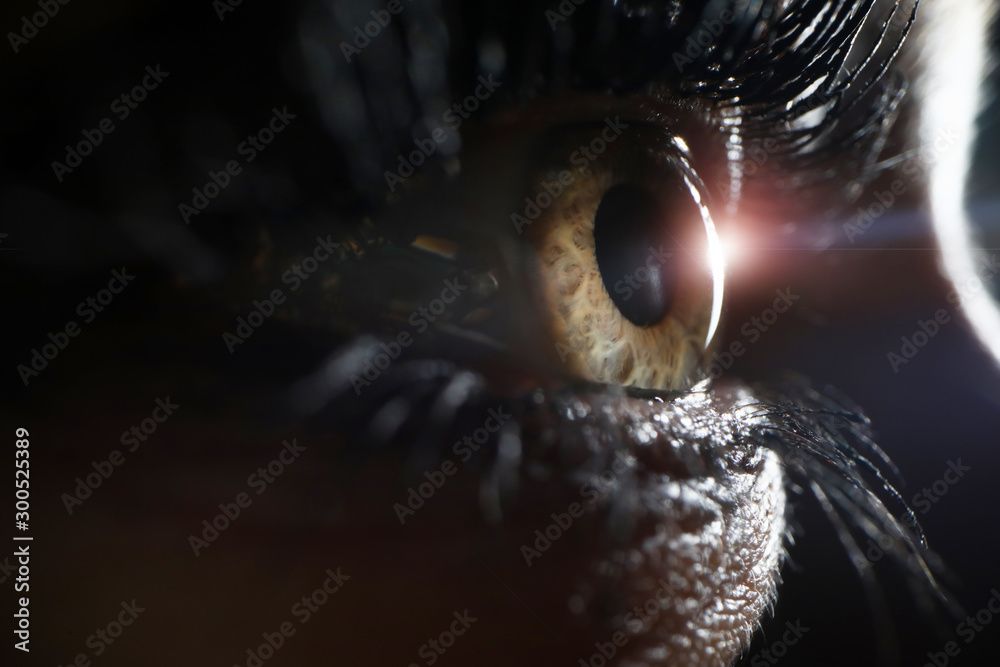The Glaucoma Research Foundation recently launched the fourth of its flagship research initiative, Catalyst for a Cure.
Syncs the Melza M. and Frank Theodore Barr Catalyst for a remedy to prevent and cure neurodegeneration, the new endeavor will examine common features of diseases that occur when key cells in the central nervous system — the eye, brain, spinal cord — deteriorate and die, leading to a loss of function. Neurodegenerative diseases include glaucoma, Alzheimer’s, Parkinson’s and amyotrophic lateral sclerosis (ALS).
According to Thomas Brunner, President and CEO of the San Francisco-based Glaucoma Research Foundation, eurodegeneration represents a promising but confusing frontier in human health.
“Currently, there are no therapies that can prevent or halt neurodegeneration or regrow healthy neurons,” Brunner said in a press release. “Through this research initiative, we hope to contribute new knowledge that could lead to innovative treatments and cures for glaucoma and other neurodegenerative diseases.
“The new initiative is unique in its scope for the Glaucoma Research Foundation and for scientific research in general,” said Brunner. “Top researchers rarely switch from one disease to another,” he says. “At the Neurodegeneration Initiative we have a team of experts, each with unique talents and perspectives, who will work together in an interdisciplinary manner and diseases to gain insights into all neurodegenerative diseases.”
The Neurodegeneration Initiative was launched through a $2.4 million donation to the Glaucoma Research Foundation from the Melza M. and Frank Theodore Barr Foundation. Philanthropist and former Glaucoma Research Foundation board member Frank Theodore (Ted) Barr and his wife Melza have supported the foundation for 40 years and were significant investors in the first Catalyst for a Cure consortium.
According to Barr, they’ve thought about the challenge of neurodegeneration since the first Catalyst for a Cure identified it as a factor in glaucoma.
“In recent years, researchers around the world have suggested links between glaucoma, Alzheimer’s, Parkinson’s and other neurodegenerative diseases,” he said. “We thought it was time to prove it – to understand neurodegeneration fundamentally and to develop solutions based on this knowledge. And we have great faith in the Catalyst for a Cure approach.”
To carry out the Neurodegeneration Initiative, the Glaucoma Research Foundation has selected four talented researchers from reputable institutions and different disciplines who will work together for an initial period of three years. A team of scientific advisors will coach the group and assess progress. The four members of the consortium are:
- Sandro Da Mesquita, PhD, Assistant Professor, Department of Neuroscience, Meningeal Lymphatics and Neurological Disorders Lab, Mayo Clinic, who brings expertise in the field of brain vascular biology that has implications for Alzheimer’s and other neurodegenerative diseases.
- Milica Margeta, MD, PhD, Physician and Surgeon, Massachusetts Eye and Ear, and Harvard Medical School Assistant Professor of Ophthalmology, Glaucoma Clinician and Surgeon, and a leader in the biology of microglia (unique cells of the brain and spine). cord) and in neuroinflammation.
- Karthik Shekhar, PhD, Assistant Professor, Department of Chemical and Biomolecular Engineering Faculty Scientist, Lawrence Berkeley Laboratory, Member, Helen Wills Neuroscience Institute at the University of California Berkeley, which is a leader in the field of computational biology in which Dr. Shekhar has played a key role in collaborations spanning neuroscience, immunology, single cell genomics, genetics and machine learning, with a focus on visual systems.
- Humsa Venkatesh, PhD, Associate Professor in the Neuroscience Program at Brigham and Women’s Hospital at Harvard Medical School, whose discoveries shaped the burgeoning field of cancer neuroscience and shed light on the role of the nervous system in disease progression.
Team members first met in July 2022 and will begin their collaborative work identifying promising study opportunities. Aging, injury, inflammation, genetics – these factors and more may play a role in neurodegeneration and could point to potential targets for unprecedented treatments and cures.
“The Neurodegeneration Initiative is one of the most exciting projects I’ve been involved with,” said Adriana Di Polo, PhD, professor of neuroscience at the University of Montreal, an award-winning neuroscientist, glaucoma pioneer and Chair of the Scientific Advisory Board for the new consortium in a press release. “It’s a groundbreaking step forward – not only in the fight against glaucoma, but also in finding cures for all neurodegenerative diseases.”
With the launch of the Neurodegeneration Initiative, the Glaucoma Research Foundation is funding two at a time Catalyst for a healing Consortia, each with the potential to transform the lives of people living with glaucoma. It has been running since 2019 Steven and Michele Kirsch Catalyst for a healing Sight Restoration Initiative has made tremendous advances that could soon lead to protecting, preserving and even regenerating retinal ganglion cells – key elements of the optic nerve that degenerate and die over time with glaucoma and causing blindness.
Glaucoma is the leading cause of irreversible blindness worldwide. There is currently no cure and everyone is at risk of developing this blinding disease. It is estimated that by 2040, 111 million people will have glaucoma worldwide.
Alzheimer’s is a neurodegenerative disease like glaucoma and a progressive, terminal brain disease responsible for up to 70 percent of dementia cases. Treatment options are extremely limited and there is no cure.
#Catalyst #Cure #initiative #advance #prevention #cure #neurodegeneration


Leave a Comment